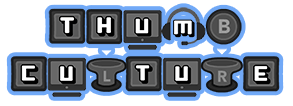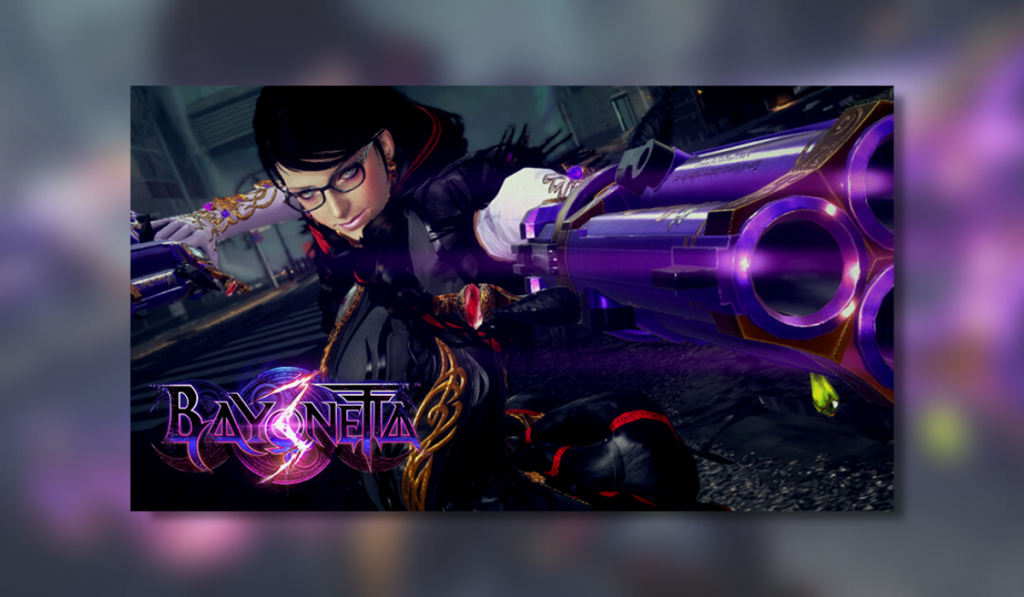
It was a little strange of me to put my name forward to review Bayonetta 3 (PlatinumGames). I haven’t played the other two in the series, but I’ve always been intrigued by Bayonetta’s passionate and loyal following—and also by Bayonetta herself, the witch with guns for shoes and clothes made out of her own hair. I wondered if this action game, in the same genre as No More Heroes and NieR:Automata, would be accessible to newcomers even if it was the third in the series, like in a Zelda or Metroid, where starting with the third or fourth game doesn’t matter. The conclusion on that count is certainly mixed, but I also had a hell of a good time finding out.
A MOST BEWITCHING TIME
It seems obligatory (and logical) in reviews for Bayonetta 3 to list examples of its wild eccentricities. The game gets off to such an insane start, at such a high pitch of action, that you spend half the opening in some kind of stunned, semi-confused awe. Hundreds of creatures of different sizes are attacking New York—Bayonetta, along with fellow witch Jeanne and a couple of guys, Enzo and Rodin, are caught up in events. You take part in fights on the edge of buildings as a huge tidal wave decimates the city; to a J-pop soundtrack, you fight on a cruise ship pushed by the tsunami as it smashes through skyscrapers. Next you conjure a giant dragon and jump between the now drifting skyscrapers with Bayonetta dancing (weaving magic spells) on its back. A little later, she pulls her heart from her chest and transforms into the dragon—sorry, demon, the Devourer of the Divine, aka Gomorrah. To an epic action-movie soundtrack, Gomorrah rises through the destruction and takes on a giant ‘Homunculi’. The game suddenly plays like a beat-em-up. Soon it turns out that the world—nay, multiverse—is under attack by some Marvel-esque entity named Singularity. I’ve barely captured the energy and excess of this opening. It’s almost impossible to do so. Not having a clue who the characters were and which elements were specifically new to this game didn’t help me get my bearings, but more experienced Bayonetta players will be fine I’m sure.
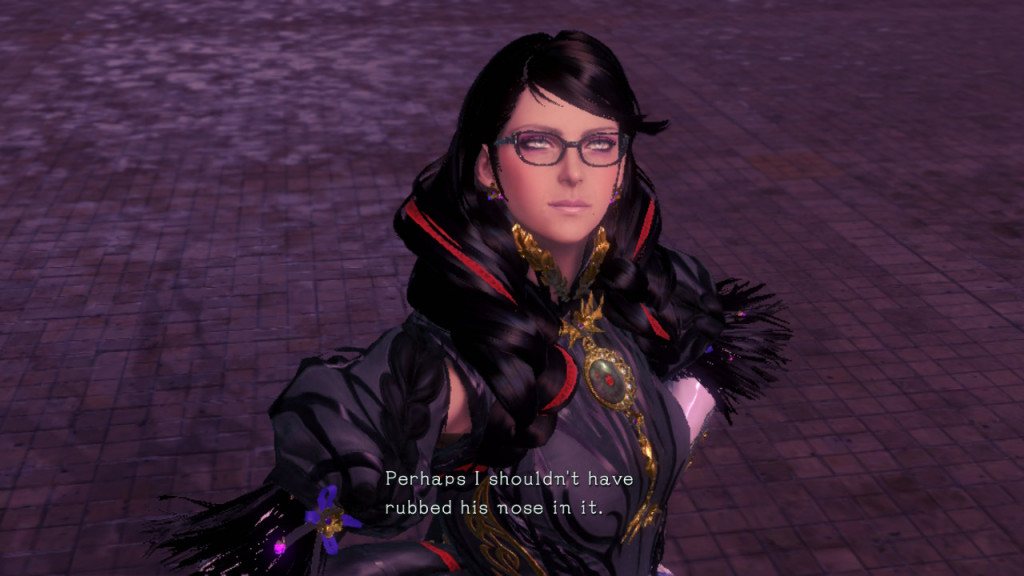
Defying Expectations
Bayonetta 3 almost never lets up, particularly in the scale of its action, and in its ambition to throw new interesting things at the player constantly. But is it actually any fun? Yes, incredibly so, even for a noob like me. A huge variety of ideas spring up throughout the fifteen hour duration—at times Bayonetta is like a raunchy Saturday morning 80s cartoon with swear words; at times it’s a Pacific-Rim-scaled action blockbuster; at times the soundtrack is J-Pop, at other times jazz or emo; most of Bayonetta 3 is a 3D action game with the to-be-expected focus on stringing together combos and timing dodges, but it embraces different genres too: 2D stealth side-scrollers, or on-rail shooters like Star Fox. All this excess and variety could be overwhelming, but it works because Bayonetta and her allies are compelling characters as good as in any other IP. Their interactions and personalities help transform the game into some kind of unique hybrid—some kind of epic pop jazz action extravaganza that embraces the feeling of an event movie. Bayonetta’s confident manner as she leans into the madness is delightful to watch. Her commitment to her dance-move conjuring—she is a witch who casts spells not only with words, but also her body—along with her agility and fighting skill and her general cockiness (shown in-game or in some of the abundant cut scenes) is all very enjoyable.
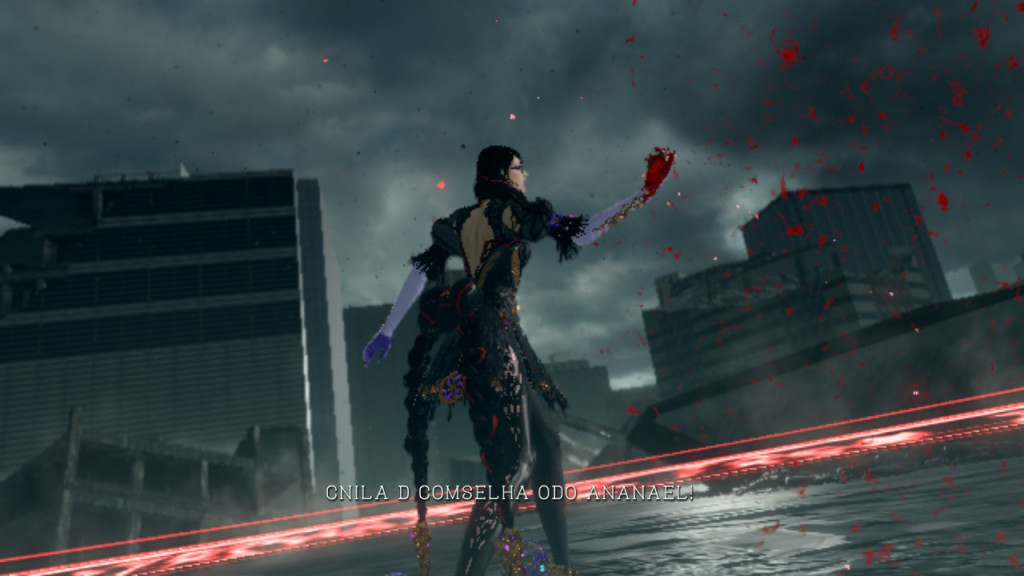
We Can’t All Be Perfect
Yet some elements in Bayonetta 3 work less well. Surprisingly, there was a period in the middle of the game full of slightly repetitive rocky caverns and samey ancient ruins. It went on a little too long, and I found myself wondering where all the originality had gone. And, although effort is made to populate some levels with NPC police or an army, a huge part of the game felt a little sparse, filled with only Bayonetta and her two or three friends, and the enemies that Singularity spawned. Once or twice I caught myself reflecting that I was on some mission to save multiple universes, but that I had very little sense of what—or, who—I was saving. Under-selling the jeopardy is a mistake a lot of big films make. But maybe this comparison is pointless—Bayonetta 3 is a game. For all its cinematic ambition, the core of its experience is always rooted in its gameplay (and its abundant style) and, ultimately, that’s a good thing.
I’ve seen mention elsewhere that this third game is a little less engaging emotionally than the others. This is possibly true—I have no way of knowing. But there is nice interplay between Bayonetta and new-addition Viola—a witch from a parallel universe, who Bayonetta bosses around—and one or two others (I had to Google to understand the various dynamics), but could there have been more pathos? And should Bayonetta have been clicking her fingers happily after every one of the battles at the beginning where surely hundreds of thousands of people in the barren-looking cities drowned? Gah—again, maybe I’m taking this too far. Bayonetta 3 is a game, a very good one. I’m not sure I need to see Bayonetta grappling too hard with mortality. In fact, her reaction to events—she does react, in her own way, and she has an emotional range—is one of the elements that most defines the game’s tone and also her mystique as a character. She’s an Umbran Witch, and her previously-mentioned cocksureness, which is challenged as the game nears its climax, is interesting: this is how Umbran Witches react to life-ending power.
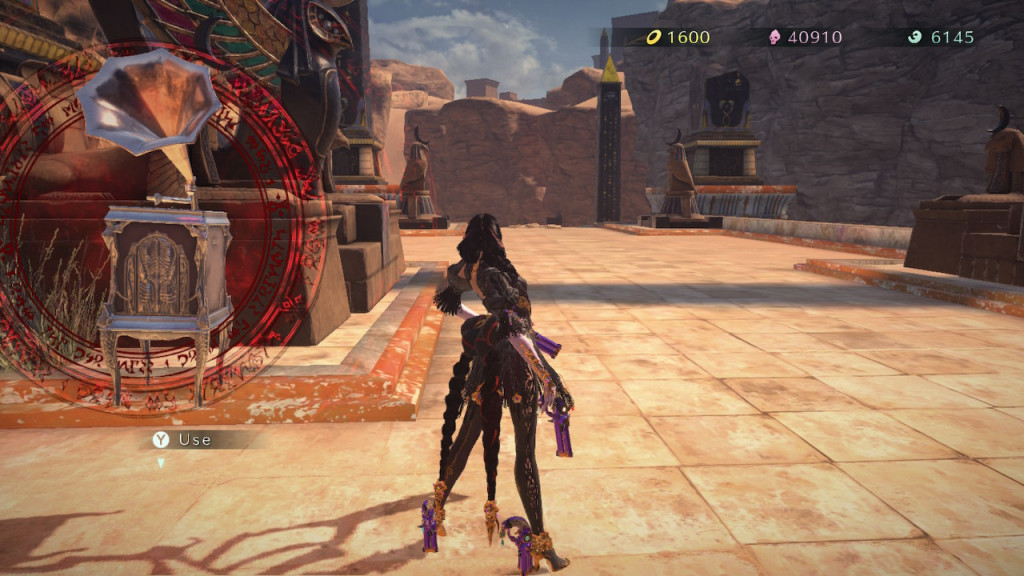
Combat, Performance and Good Times
Bayonetta 3 is divided up into ‘verses’ and ‘chapters’. Of course at first I struggled in combat. The game helps you along with some useful hints at the start of each level and in the loading screens, where Bayonetta, or any of the other playable characters, is playable in a giant blue void, with a list of moves and a tally of how many times you’ve used each one on the side of the screen. It’s a fluid and helpful addition that encourages you to learn the game’s systems, and to experiment. Eventually, as I unlocked new weapons, the combat system really began to click. Suddenly I was stringing together combos and mastering attacks beyond the initial dodges—I was learning extra parries, and blocks that unleash one of your giant demons (Gomhorrah, a giant butterfly lady, a train, and so on). With the addition of extra weapons and the need to occasionally swap between characters, there were hundreds of moves in the game in total. As I delved deeper and deeper into this combat system, and as the game picked up and moved beyond the slightly bland hour or so in the middle and went head first once again into absurdity, scale, spectacle, blowing-minds—the game didn’t just pick up a little, it started to fly. All its disparate parts started to feel essential.
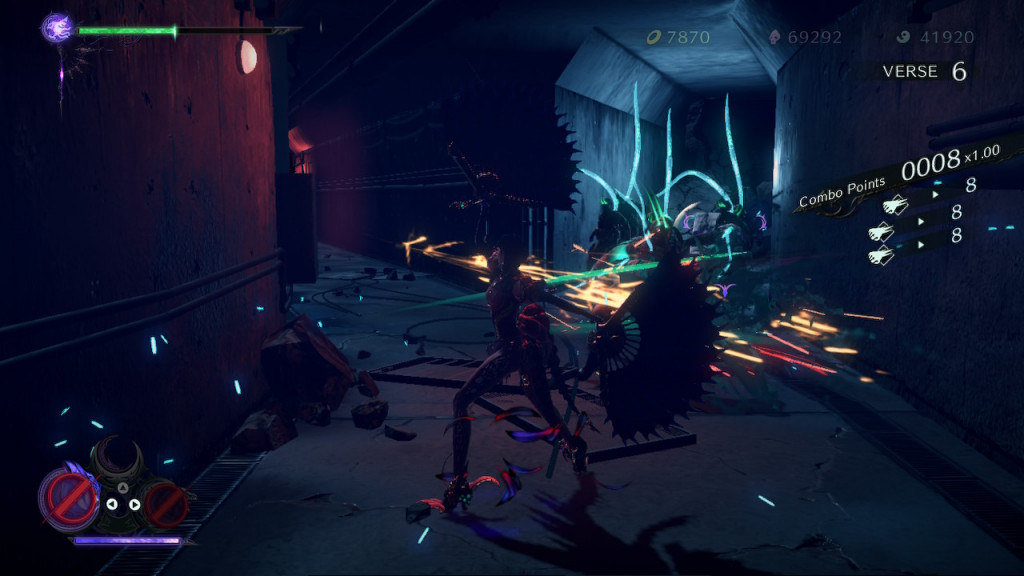
I’ve seen complaints about the performance on the Switch, but apart from one very eccentric and very populated cut scene in an out-of-the-way location, where the resolution dipped quite a lot, Bayonetta 3 runs excellently, and even then, the frame rate never stuttered. The music is addictive in itself. It gave me joy at times. I was recording all the little 20 second snippets the Switch allowed.
The structure of the game is accessible. On Normal, it’s challenging without being too difficult, and dying is never frustrating thanks to the well-balanced checkpointing. But each of the verses gives you a medal ranking, from stone to platinum, and with a combat system as fun and deep as this one, there is every chance—a high chance even—that you’ll want to experiment and come back for more. This is the kind of game you want to 100%. Ultimately, once the hellish clock towers and other great moments appear, and once the scale of the story starts feeling as if it fits the game—when all the elements somehow sync up—Bayonetta 3 becomes an experience as good as any other on the Switch.
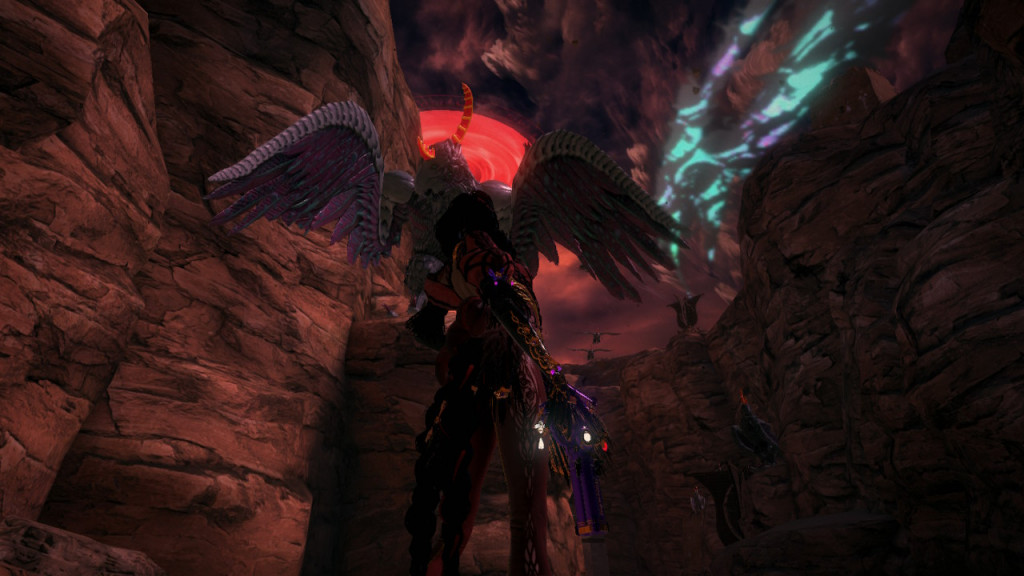
Final Thoughts
PlatinumGames’ Hideke Kamiya said before release that it would be better to play the first and second game before playing this one. He’s right—of course. If I hadn’t been writing this review very early on I’d have turned the game off and ordered its predecessors, so that I could enjoy the game to its maximum potential with full knowledge of the characters. As it is, I still loved my time with Bayonetta 3. I am now a fan and I’ll play the others too. It’s difficult to sum up in a thousand or so words, but anyone looking for originality, quality and fun need look no further. Bayonetta 3 gets a well-earnt Thumb Culture Platinum Award.

Disclaimer: A code was received in order to write this review.
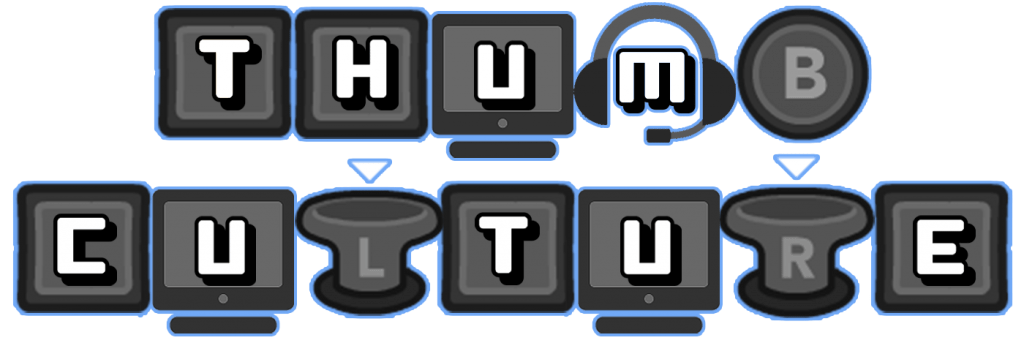
YouTube | Facebook | Twitter | Instagram | Discord | Podcast
[allkeyshop_widget_offers game=”21220″ template=”26″]
